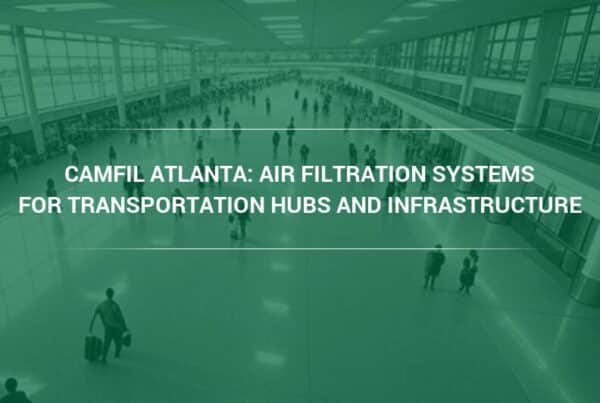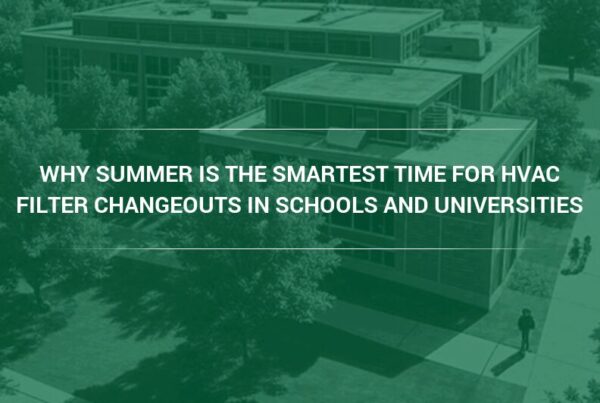Of all the different forms of pollution attacking our planet today, traffic emissions are responsible for over half of the nitrogen oxides and carbon monoxide, and almost one-quarter of the hydrocarbons being released into the air.
These continuing high levels of air pollution pose a number of health risks to humans, along with virtually every other plant and animal.
When looking at current emission figures, it’s easy to see how much damage transportation does to the environment. In fact, according to the U.S. Energy Information Administration, the use of gasoline and diesel engines for transportation in 2016 resulted in the emission of:
- 1,102 million metric tons of carbon dioxide (CO2) – gasoline vehicles
- 437 million metric tons of carbon dioxide (CO2) – diesel vehicles
These numbers are only a small segment of a much larger problem, however. Each type of fossil fuel produces CO2 at different rates along with other gases and particulates, including carbon monoxide, nitrogen oxides, and many other toxic chemicals, all of which have been linked to cancer, birth defects, heart disease, and many other illnesses.
With billions of cars, trucks, buses, trains, motorcycles, lawn mowers and other fossil fuel powered machines in operation around the world, outdoor air quality is considered poor, depending on where you live. The use of both industrial and commercial HEPA filter air purifiers can – and does – help significantly indoors, but the rest of the planet still suffers.
So, how can you impact change, as only one driver amongst the billions on the planet?
According to National Geographic Magazine, if all fossil fuel burning vehicles on the road today were replaced with electric powered vehicles (EV’s), oil consumption would be reduced by up to 21 million barrels a day. This would result in a reduction of CO2 emissions by 3.2 billion metric tons annually, which is currently equivalent to 60 percent of all U.S. emissions today.
Commercial and Industrial Air Filters Are Only Part of the Solution
“We have found that by installing the appropriate commercial and high efficiency air filter, we can significantly improve indoor air quality by removing up to 99 percent of the contaminants in the air,” says Charlie Seyffer, Manager of Marketing & Technical Materials at Camfil US, a leading commercial and industrial air filter manufacturer.
To help improve outdoor air quality and reduce world air pollution, learning to drive smarter is one huge step in the right direction.
- Carpool –Carpooling might take some time to adjust to, but the more you can carpool the fewer greenhouse gases and toxins will be released into the air.
- Plan Better– Instead of making several trips to run your weekly errands, plan ahead and combine as many of your errands into a single trip as possible.
- Use Your GPS– Use your GPS system or phone to map out accidents, traffic backups, and construction that could potentially leave you sitting in a dense cloud of exhaust fumes that even the toughest commercial HVAC replacement air filters might struggle with, let alone the cabin air filter in your car.
HVAC Air Filter Manufacturers Suggest Considering a New Car
It might seem a bit forward for any industry to suggest people should buy newer cars that produce fewer greenhouse gases. Historically, both the industrial manufacturing and energy industries have been blamed for a much larger percentage of air pollution than is warranted. As a result, the Environmental Protection Agency (EPA) has established far more rigid emission requirements for those industries compared to the automotive industry. Yet change is coming, as HVAC air filter manufacturers and consumers are pushing for smarter cars and trucks that are kinder to the environment.
“One of the most important steps we can take towards reducing the amount of CO2 in the air is to take a very close look at the transportation industry,” adds Seyffer. “When it comes to fuel sources, very little has changed since the removal of lead additives. Perhaps, it is time to take a far more serious look at alternatives such as hybrids and electric vehicles.”
Three popular options include:
- The Hybrid – These vehicles use a combination of a smaller gas engine and an electric motor to boost power to the wheels. The batteries are recharged each time you apply the brakes. While this type of hybrid still burns gas, it’s much better for the environment than traditional vehicles.
- The Plug-in Hybrid – Powered first by batteries and then by a gas engine, these vehicles can travel from 25 to 80 miles on a full charge. After that, the car then continues to run on its gasoline engine. Commuters, on average, drive approximately 40 miles per day, so with the right vehicle it is possible to not rely on a gas engine.
- The All-Electric Vehicle – These vehicles are powered by a battery pack and an electric motor. With this being their only form of power, these vehicles do not require any fossil fuels and produce no emissions. While charging stations in certain areas are challenging to find, the rising popularity of all-electric vehicles is leading to the rapid expansion of charging stations around the country.
Industrial Air Filter Manufacturers Say Taking Care of Your Car Can Help
Can you remember the last time your vehicle had a tune-up, a new air filter, or an oil change? When was the last time you checked the air pressure of your tires? All play a large role in how efficiently your car runs.
Poor air quality is at an all-time high, and in some major cities, it is so bad that it seeps into retail stores, office buildings, factories, and even homes, where the indoor air quality is even worse. Change is needed, and minor routine maintenance helps both the environment and the air.
Here are three simple things you can do to help keep your car in tip-top shape:
- Get Tune-Ups Regularly –Most cars on the roadways require less maintenance than those from decades ago. But that’s not to say you should neglect regular maintenance. Every time you get a tune-up, you should also make sure to have the oxygen sensor and air filter inspected. If they are damaged or clogged, replacing them may increase fuel efficiency by up to 40%.
- Make Sure Your Tires Are Properly Inflated – Running your car on under-inflated tires can have a significant impact on overall fuel economy. Plus, underinflated tires wear out more quickly, which will leave you with old tires that must be discarded. Check your tires once a month and keep them properly inflated.
- Stay On Top Of Oil Changes –Be sure to have the oil changed in your car in accordance with the manufacturer’s recommended service intervals. This will help keep your engine in peak running condition.
Do Your Part to Protect Our Air and Lighten the Load on Air Filter Systems
You might not stop to think about how much pollution your car and millions of others produce every day of the year. By simply learning to drive smarter and take better care of your car, you will impact change. If everyone would follow your lead, we could improve indoor and outdoor air quality, while simultaneously reducing the load on the world’s commercial and industrial air filter systems.
For more information on both commercial and industrial air filter systems by Camfil USA, please click here.
Lynne Laake
Camfil USA Air Filters
T: 888.599.6620
F: Friend Camfil USA on Facebook
Sources
- https://www.ucsusa.org/clean-vehicles/vehicles-air-pollution-and-human-health/cars-trucks-air-pollution#.WvSSfIgvyUk
- https://www.eia.gov/tools/faqs/faq.php?id=307&t=11
- http://www.momscleanairforce.org/clean-cars-guide/
- https://www.ucsusa.org/clean-vehicles/vehicles-air-pollution-and-human-health/cars-trucks-air-pollution#.WvSSfIgvyUk
- http://www.ct.gov/deep/cwp/view.asp?a=2716&q=323950



